Cycling along the Jikkasegi Canal (2)
Continued from the previous article. I will take a short detour off from Jikkasegi Canal.
My destination was here. I had been interested in the old Shinano Education Center for a long time.
At this time of the year, an exhibition of art works by elementary and junior high school students was being held there, so I thought I’d take a look at the inside of the building as well as the exhibition.
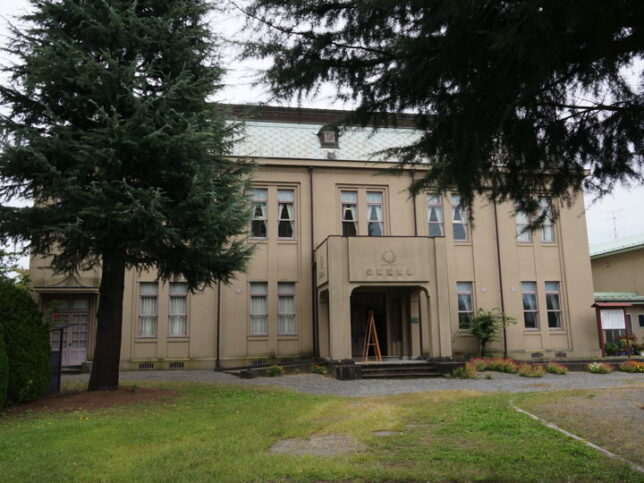
This building was originally built in Nagano City in 1929. It was moved to this location in 1990 when they decided to build a new hall. It is now used as the Shinano Education Association, Lifelong Learning Center.
In 2000, the building was registered as a Tangible Cultural Property.
According to the Cultural Heritage Online, the building was designed by Yakichi Kobayashi works in Miyahara Construction Company and constructed by Chosaku Miyamoto, who has worked on many government buildings in the prefecture.
The Center’s pamphlet says, “Coincidentally, Mr. Tadanaga is the grandson of Mr. Chosaku Miyamoto, who was commissioned to build the main building in 1929.
However, there was one thing I wondered about. An interview with Tadanaga Miyamoto was published in “Weekly Nagano" in 2008, and the archived article can still be read online.
In the article, Tadanaga himself says that he was born in 1927 and that his grandfather Chosaku had died two years earlier. This means that he was no longer alive in 1929.
It is likely that the construction was undertaken as a job for the “Miyamoto-gumi" led by Chosaku Miyamoto, but does this mean that Chosaku was still alive when the contract was signed? Or is there a misunderstanding somewhere? (I’m not sure, so I’ll change the text color to gray here…)
Well. The exhibition was held in the auditorium and exhibition room on the second floor, and in front of the room there was an anti-corona sign-in sheet. There were a total of 180 works on display, 20 from each grade, from the first to the third year of junior high school.
The reason I was able to write down the number of works so easily was because there was a piece of paper at the reception desk with good points for each of all the works.
I thought this was a good idea.
I took a few pictures of the building as I walked down the stairs.
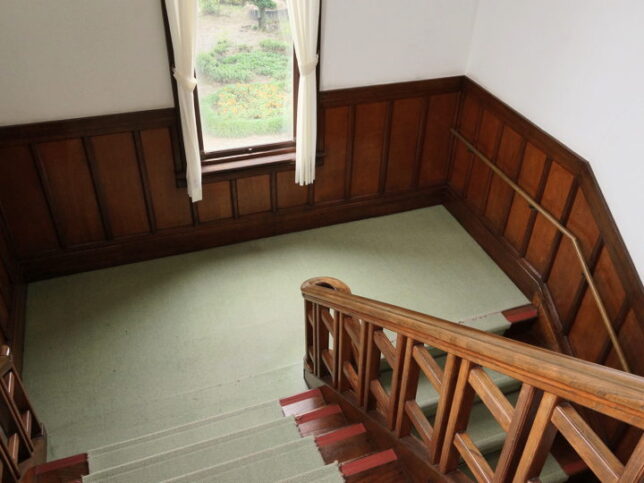
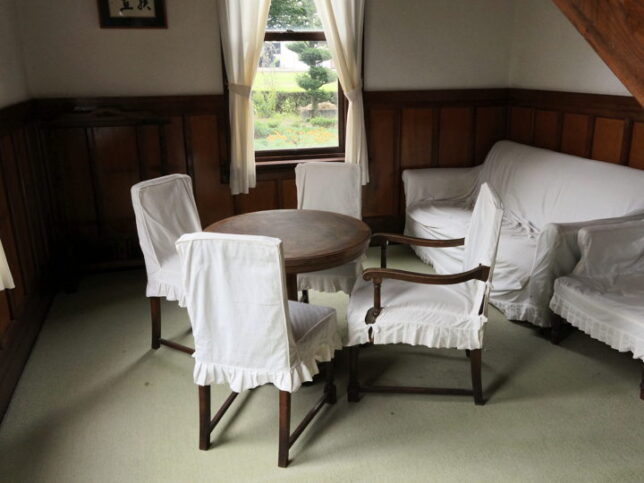
There was a space at the bottom of the stairs with a table and chairs for a short rest. I like the atmosphere here. The brown triangle in the upper right is the side of the stairs.
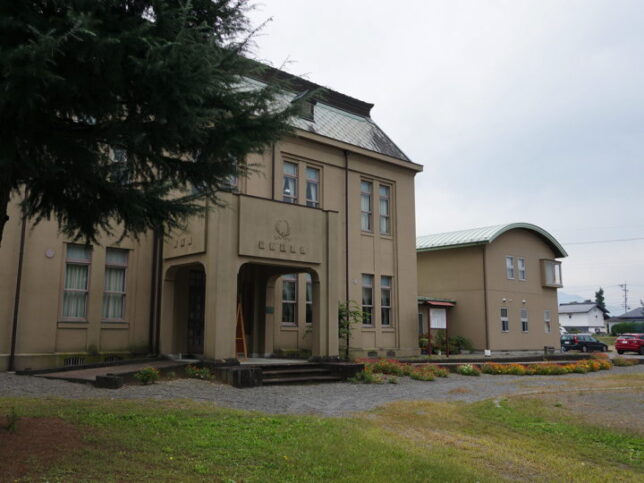
The annex on the right is new. I didn’t see the inside.
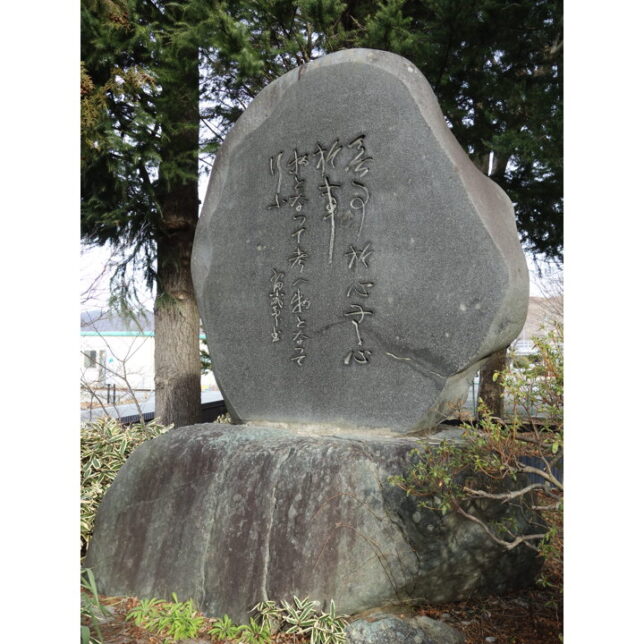
The area in front of the Lifelong Learning Center is now a park, it used to be the site of Takibe Elementary School. There is a stone monument here built in 1940, with the words written by Kitaro Nishida engraved on it. (Only this photo was taken at a different time.)
The first line is said to be from the Tang Dynasty monk Dezan, and means “Don’t get distracted by unnecessary things, and be mindless when tackling things. The second line is Nishida’s own way of expressing these words.
(But to be honest, I don’t really understand the meaning.)
So, now that I’ve had a chance to see the inside of the building, I head back to Jikkasegi Canal.
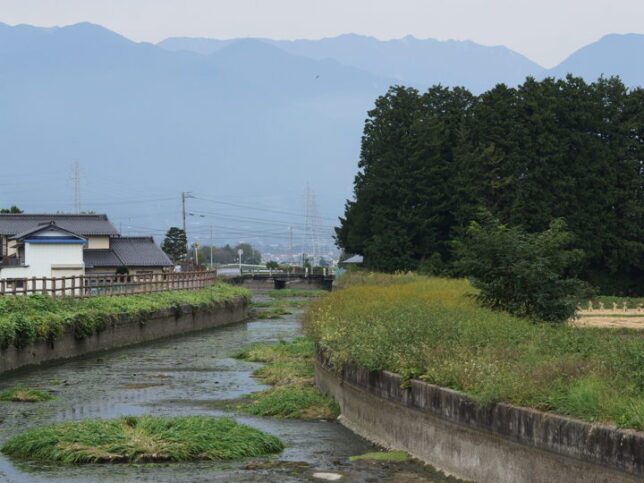
I pedaled my bicycle westward again. It’s already the time for harvesting rice, so they don’t fill the fields with water. I wonder if that’s why there are so many water plants in the waterways. The brochure often uses pictures of the Northern Alps with lingering snow and clean waterways.
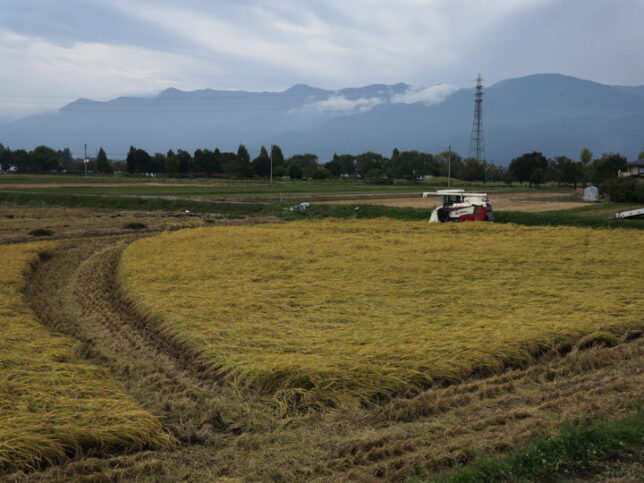
Some of the rice fields were being harvested.
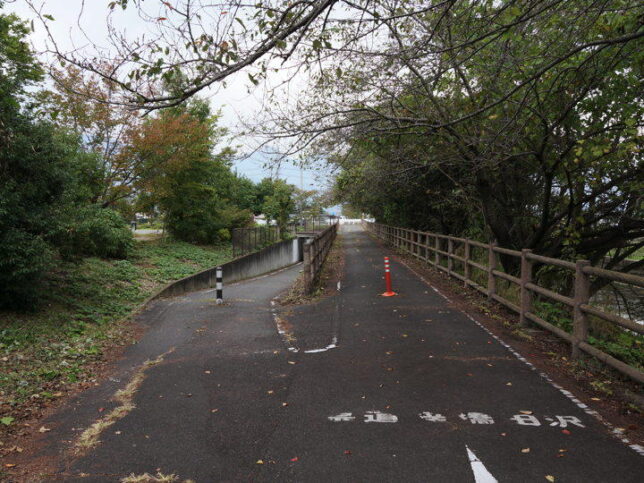
The bicycle path was mostly flat, but there were places where we had to go underneath to avoid intersections with the road.
According to the pamphlet, this area is lined with cherry blossom trees in full bloom in the spring, so I’d like to ride during that season.
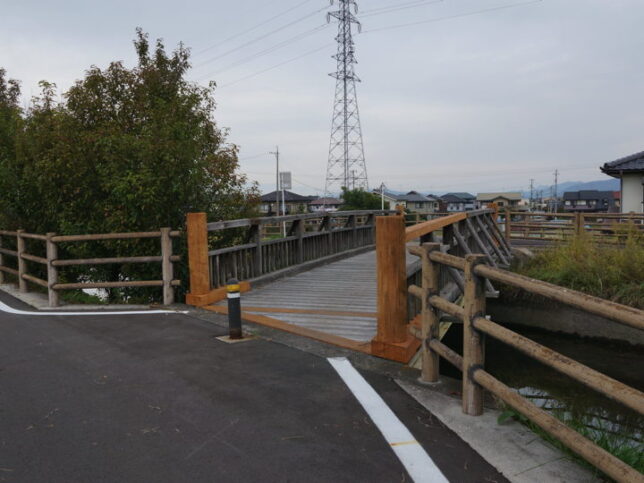
At this point, the bicycle path crosses over a canal and moves to the right bank.
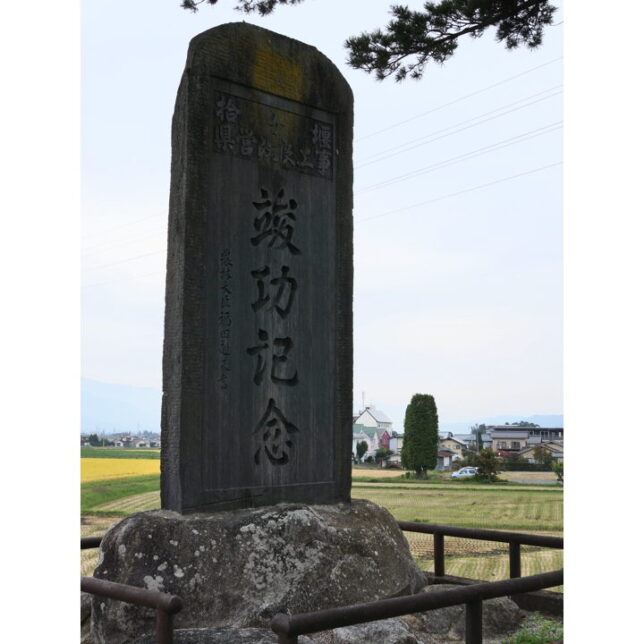
There was a monument commemorating the completion of the prefectural improvement work at Jikkasegi. The text was written by Takeo Fukuda, Minister of Agriculture and Forestry.
At there, the water weeds on the surface of the water had diminished, and the water was flowing beautifully. The bicycle path crossed the bridge in the center and went to the left bank again.

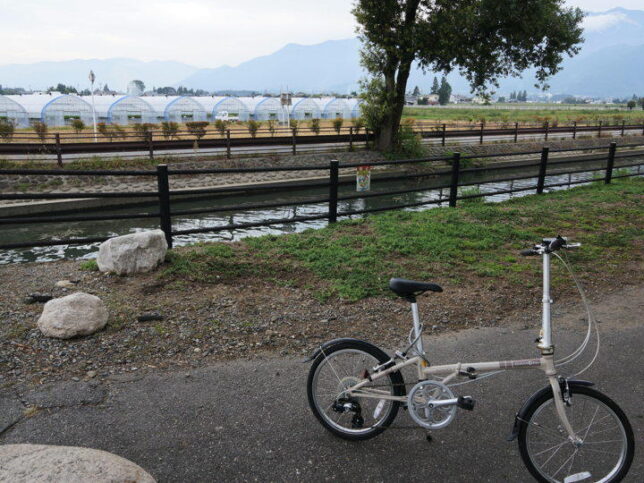
I arrived at the “Cycle plaza". The bike path continues on the left bank, but the “Cycle plaza" is located on the right bank after crossing the bridge.
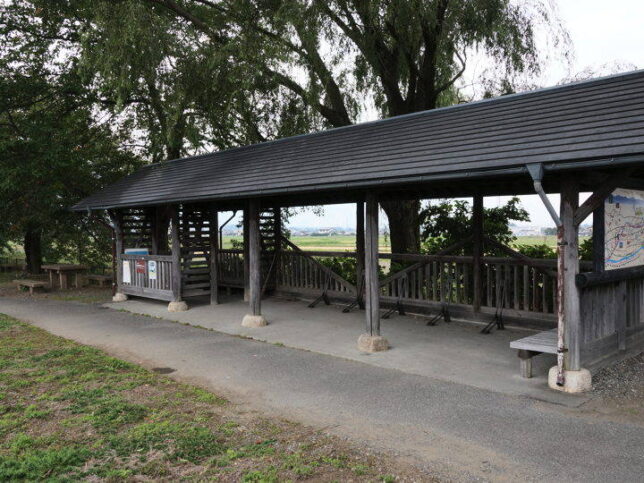
There is a bicycle stand, so I guess they are saying, “Let’s take a break and go for a walk here. And there is also a restroom about 100 meters away.
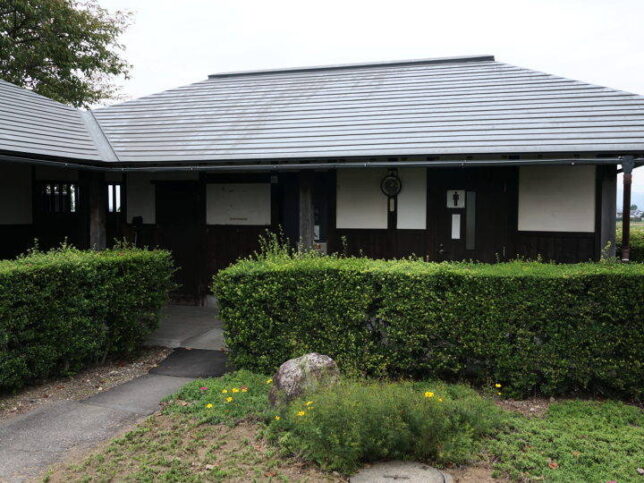
I took a picture of the toilet, but I wondered if anyone would want to see it.
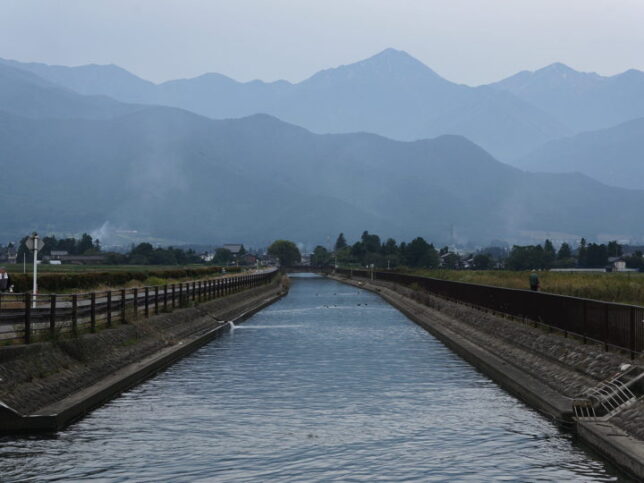
There is a bridge beside the restroom, and it joins the bicycle path on the left bank. The picture that the locals want me to post on the Internet is not the one of the canal in the last article, but this one, I guess.
So, how far shall I ride?
I’m already past the parking lot, so no matter how far we run from here, we’re sure to return.
Actually, I was planning to visit the Hotaka Local Museum and the Bell Ringing Hill Meeting House after this. It’s a little past 14:00 now…
Well, let’s keep going for a little while longer.
(To be continued)
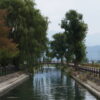
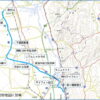
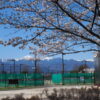

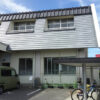

Recent Comments